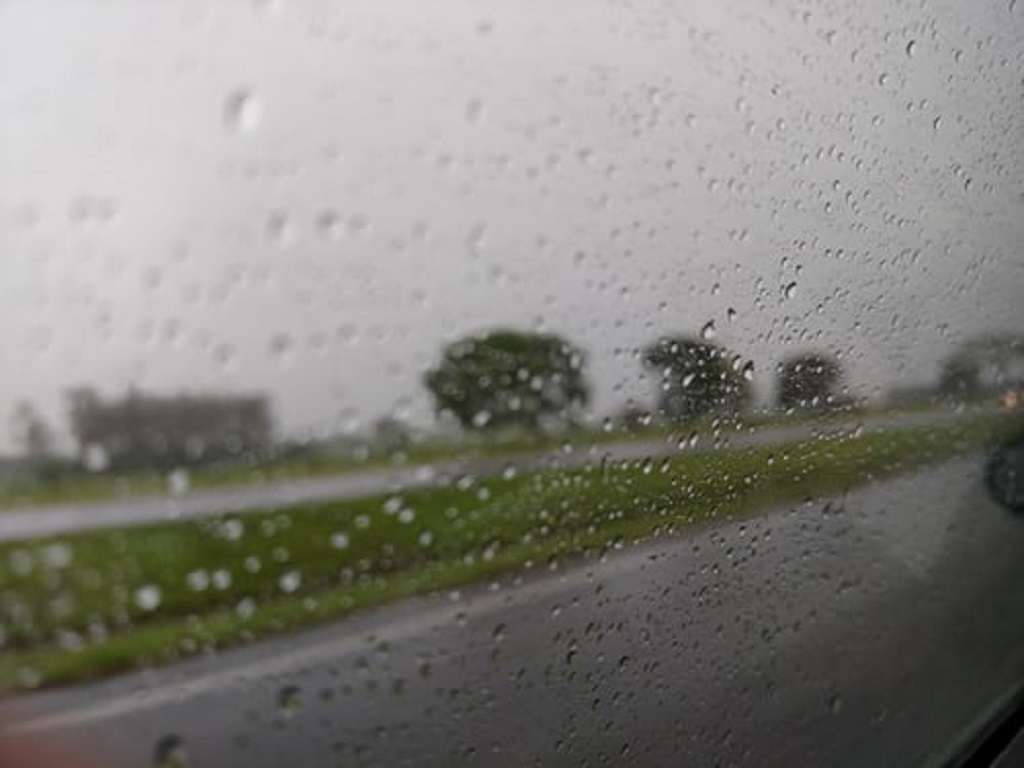
Driving in Wet Weather
Storm season is upon us and it will be great to get some much needed rain, to help with the Bushfires that have ravaged a lot of our country, but also to help the farmers struggling with the drought.
Storms are not great for road conditions though so if you know there is a storm expected decide to be off the road.
We haven’t had decent rain for a long time so the roads will be very slippery from all the oil and residues dropped from cars and other vehicles. If you see a Rainbow colour on the road that usually means there is fresh diesel on the surface. This can be very hazardous particularly for bike riders but also car drivers. It is always a good idea to slow down a little until the road is a bit cleaner.
Lights On
It is a great idea to drive with your lights on when it is stormy weather, even before the storm hits. It helps other drivers to see you and when it is raining your lights could be the only things other drivers see.
Whenever a big storm hits it is always a good idea to find a safe spot to get off the road and wait for the storm to pass. Stopping on the side of the road is not the best place to wait it out unless you have no other option. The first thing you need to do when stopping or going slow is to put your hazard lights on. Remember you are having trouble seeing so the drivers behind will be having trouble also. Leave your hazard lights on while stopped so any other drivers know you are not on the continuing road otherwise they may mistake you for a moving vehicle and that won’t have a good outcome.
If you have to drive in the rain make sure you are looking well ahead or as far as the vision allow and adjust speed to suit. Be looking on the surface of the road for water running across the road and also large puddles. These can be very dangerous, if there is too much water on the road for your tyre grooves to pump out then the car could lose grip and aquaplane. This puts the car into a potentially uncontrollable situation until you get grip again, which could steer you into the path of oncoming traffic or off the road. The only advice I can give you quickly is keep looking and steering your car in the direction you need to go and don’t brake or steer quickly. Smooth controlled inputs are extremely important. And the best advice is Try NOT to get into this situation in the first place by seeing the water on the road in the first place and slowing down before hand.
Wheel Tracks
To help with this advice I also try to drive on the driest part of the road. The wheel tracks where most drivers drive is usually indented from lots of constant traffic so that is where the water will puddle. Instead of driving in the water, keep to the left a little so you have more grip on the road. I don’t recommend moving to the right unless there is no oncoming traffic. You will need to be looking a long way ahead so you can plan where you need to be on the road. Keep more space between you and the driver in front so you can see better but it also takes at least 30% longer to stop in the wet than it does in the dry so you may need more space to stop. This varies depending on how wet it is and how good your tyres are.
How long has it been since you checked how much tread your tyres have and how much air is in your tyres. Unfortunately we tend to only think about our tyres when we need to replace them or when they are brand new. There is a lot of time in the middle that they don’t always get checked. So how often should we check air pressure? At least monthly is the answer, that way they will still be very close to what they should be. If you don’t know what pressure to put in your tyre, have a look on the side of the tyre and see what it says. Otherwise Google it.
Grooves of the Tyre
The other part of the tyre we need to check is how much groove our tyres have. The groove is what pumps water out from under the tyre when it is wet. The less groove we have the less water it can get rid of. That doesn’t mean we have to throw our tyres away when they are getting low, it just means we need to adjust our speed to suit how good our tyres are. They do need to be above the wear limiters on the tyre; that is the little bump in the groove of the tyre that shows when they need to be replaced.
Well I hope some of this advice helps. Look well ahead, keep at least 3 to 4 seconds space and adjust speed to suit the conditions of the road and your tyres.
Happy Driving.
Go back to Home Page